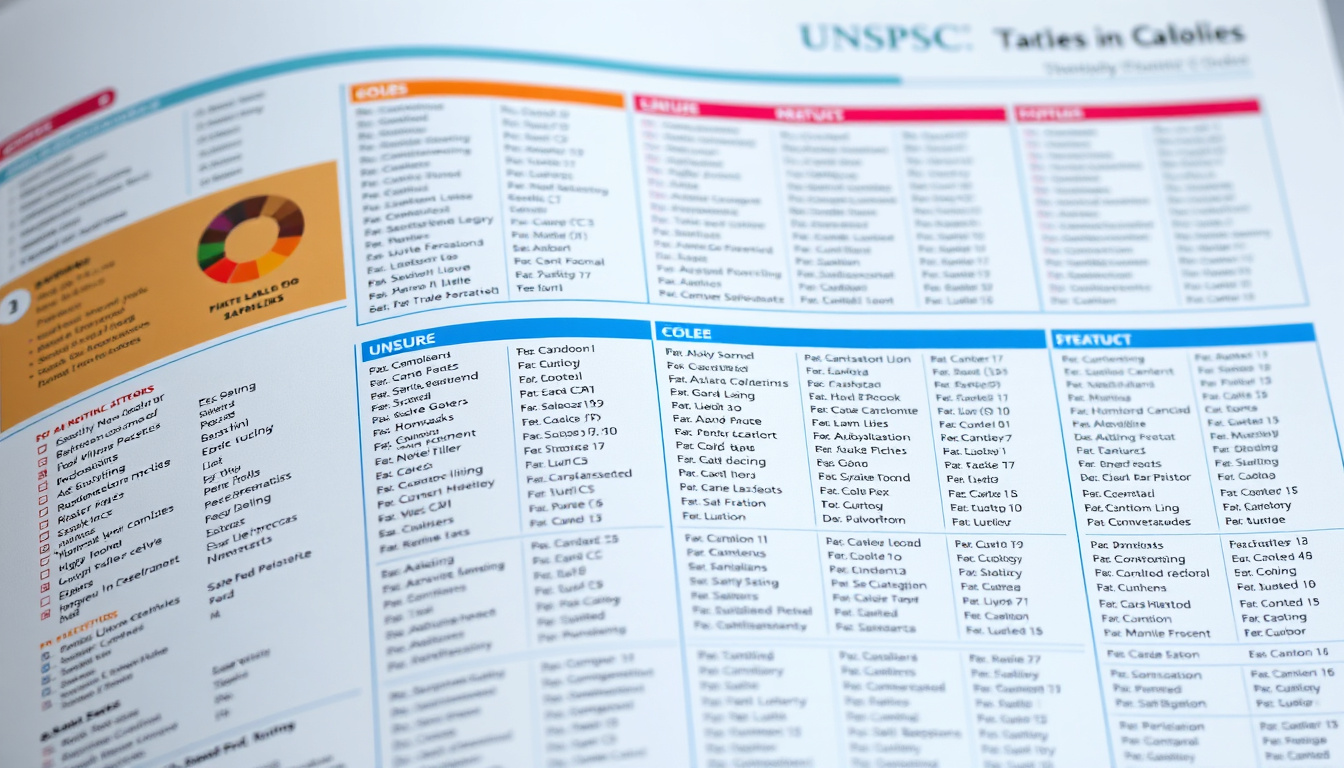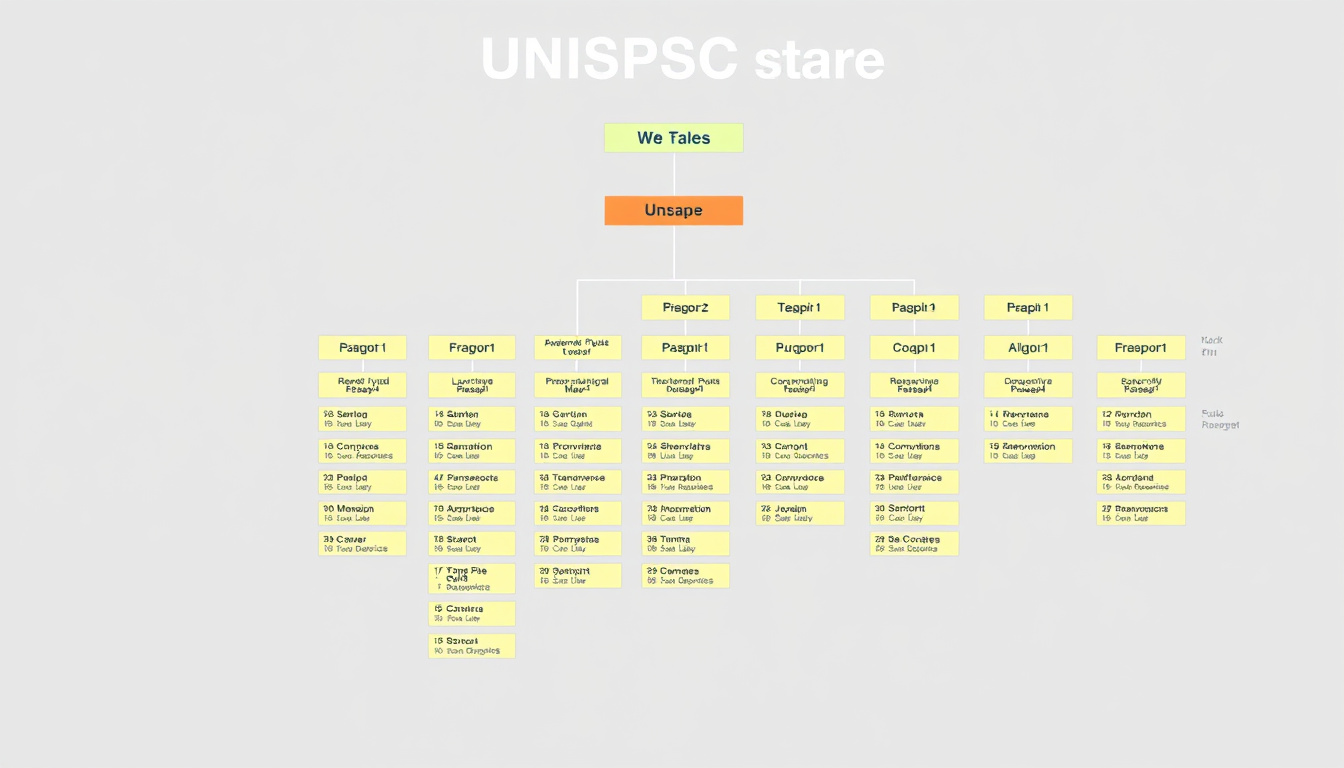In today’s interconnected marketplace, the UNSPSC system plays a pivotal role in streamlining global procurement processes. The UNSPSC system, or United Nations Standard Products and Services Code, is an internationally recognized classification framework that categorizes products and services across industries. By adopting this standardized coding system, organizations can achieve greater efficiency, transparency, and cost-effectiveness in procurement activities worldwide.
This article will explore how the UNSPSC system is revolutionizing global procurement processes, examining its benefits, implementation strategies, and real-world applications. Whether you are a procurement professional, supplier, or business analyst, understanding this system’s impact will empower you to optimize purchasing workflows and enhance supply chain management.
What Is the UNSPSC System?
The UNSPSC system is a hierarchical classification system designed to standardize the identification of goods and services. Developed under the joint sponsorship of the United Nations Development Programme (UNDP) and private industry stakeholders, it provides a four-level coding structure:
- Segment – Broad industry sector (e.g., Information Technology).
- Family – Group or family of products/services (e.g., Computers).
- Class – Specific product/service category (e.g., Desktop Computers).
- Commodity – Individual item or service (e.g., Laptop Computers).
This detailed taxonomy allows organizations to precisely classify every product and service they procure, no matter how complex or specialized. The codes are universal and constantly updated to reflect innovation and market changes.
How the UNSPSC System Enhances Global Procurement
1. Improved Standardization and Communication
Before the emergence of the UNSPSC system, different companies and regions relied on diverse classification languages, leading to miscommunication and procurement inefficiencies. The UNSPSC system overcomes this language barrier by offering a global standard understood internationally. It facilitates smoother communication between buyers and suppliers, promoting clearer negotiations and improved contract precision.
2. Greater Transparency and Spend Visibility
Tracking procurement spend can become convoluted without a consistent classification method. The UNSPSC system allows organizations to categorize purchases uniformly, providing granular visibility into spending patterns. Procurement managers can quickly identify areas of overspending, manage supplier relationships, and make smarter budgetary decisions.

3. Streamlined Supplier Performance and Risk Management
Using the UNSPSC coding framework, organizations can evaluate suppliers based on clearly defined product and service categories. This classification enables easier benchmarking of supplier performance and risk assessment. Procurement teams can implement rigorous standards, promote competitive bidding, and ensure compliance with regulatory requirements—essential factors for mitigating risks worldwide.
4. Advanced E-Procurement and Automation
Many modern e-procurement platforms integrate the UNSPSC system to automate catalog management and purchase order processing. By embedding UNSPSC codes in digital procurement workflows, companies reduce manual errors and accelerate order approvals. This automation fosters efficiency gains, cost reduction, and faster lifecycle management of procure-to-pay processes.
Implementing the UNSPSC System in Your Organization
Adopting the UNSPSC system may require organizational adjustments but delivers lasting benefits. Here are key steps to guide the implementation:
- Assess Current Classification: Analyze existing purchasing categories and mapping challenges.
- Train Procurement Staff: Educate stakeholders on UNSPSC codes and their importance.
- Integrate Classification Into Systems: Update ERP and procurement software to incorporate UNSPSC coding.
- Leverage Classification Tools: Utilize services such as Classifast.com to quickly and accurately assign UNSPSC codes to product and service descriptions. Classifast offers instant classification and category searches, supporting smooth integration into procurement workflows.
- Monitor and Adjust: Continuously review classification accuracy and update processes accordingly.
Real-World Applications of the UNSPSC System
Multinational corporations and government agencies have successfully implemented the UNSPSC system to optimize procurement operations:
- Government Procurement: Many public sector entities mandate UNSPSC classification to ensure transparent and standardized bidding processes. This transparency combats fraud and promotes fair competition.
- Global Supply Chains: Companies operating across multiple countries use UNSPSC codes for consistent procurement practices, simplifying customs declarations and cross-border logistics.
- E-Commerce Platforms: Online marketplaces utilize UNSPSC indexing to organize product catalogs efficiently, improving searchability and customer experience.
Benefits Summary: Why Adopt the UNSPSC System?
- Facilitates international trade compliance and harmonization.
- Enhances spend analysis and procurement reporting.
- Supports supplier management and performance measurement.
- Integrates seamlessly with digital procurement technologies.
- Reduces errors caused by ambiguous product descriptions.
Frequently Asked Questions About the UNSPSC System
Q1: What industries use the UNSPSC system most frequently?
The UNSPSC system is widely used across diverse sectors, including manufacturing, healthcare, government, IT, and retail, due to its broad classification capabilities.
Q2: How is the UNSPSC system different from other classifications like NAICS or HS codes?
While NAICS primarily focuses on industry coding and HS on customs tariff classifications, the UNSPSC system specifically categorizes goods and services for procurement purposes. For easy classification across these standards, platforms such as Classifast.com provide quick and accurate code mapping.
Q3: Can small businesses benefit from using the UNSPSC system?
Absolutely. Small businesses involved in selling or procurement gain from enhanced visibility, easier supplier communication, and access to broader markets by adopting standardized UNSPSC classifications.
Authoritative Source
For a comprehensive overview, the United Nations Development Programme (UNDP) provides valuable insights into the UNSPSC system’s development and use in global procurement (source: UNDP – UNSPSC Overview).
Conclusion: Embrace the UNSPSC System to Transform Procurement Today
The UNSPSC system has undeniably revolutionized global procurement by introducing standardized classification that transcends borders and industries. By improving transparency, communication, and automation, it empowers organizations to optimize expenditure, mitigate risks, and drive strategic procurement decisions.
Don’t let your procurement processes lag behind in the digital age. Explore how integrating the UNSPSC system can elevate your purchasing operations and unlock new efficiencies. To simplify UNSPSC code assignment, consider leveraging innovative tools like Classifast.com — your go-to resource for quick and reliable classification aligned with international standards.
Start your journey toward smarter, standardized procurement today!















